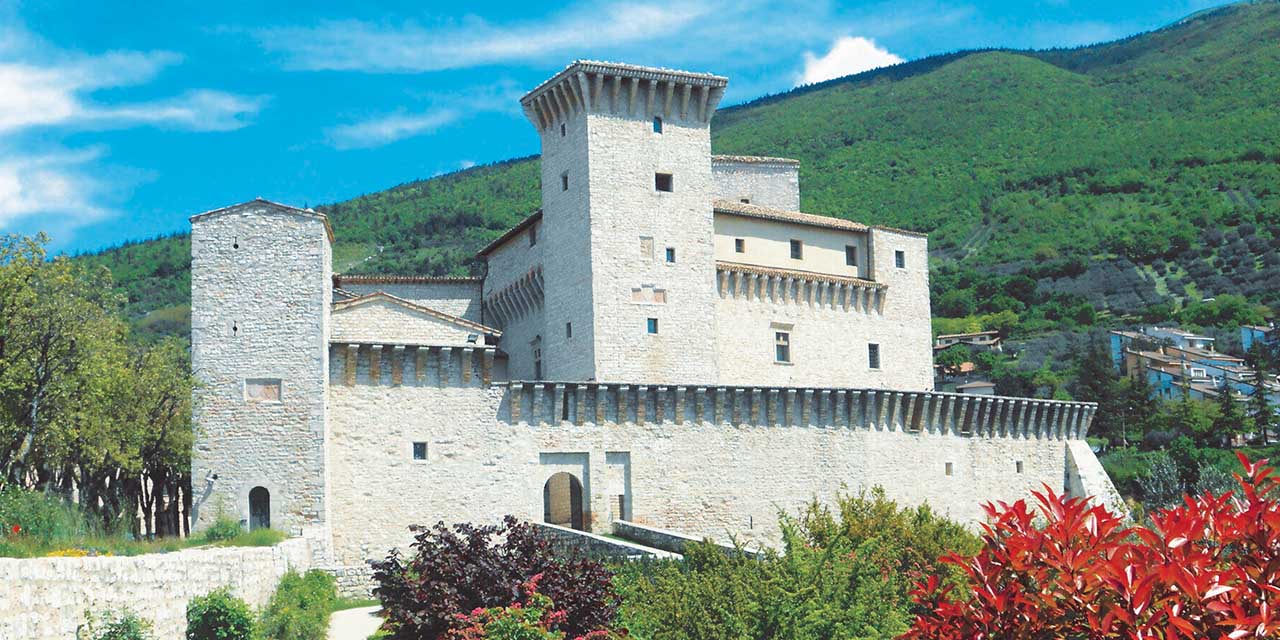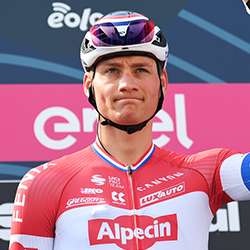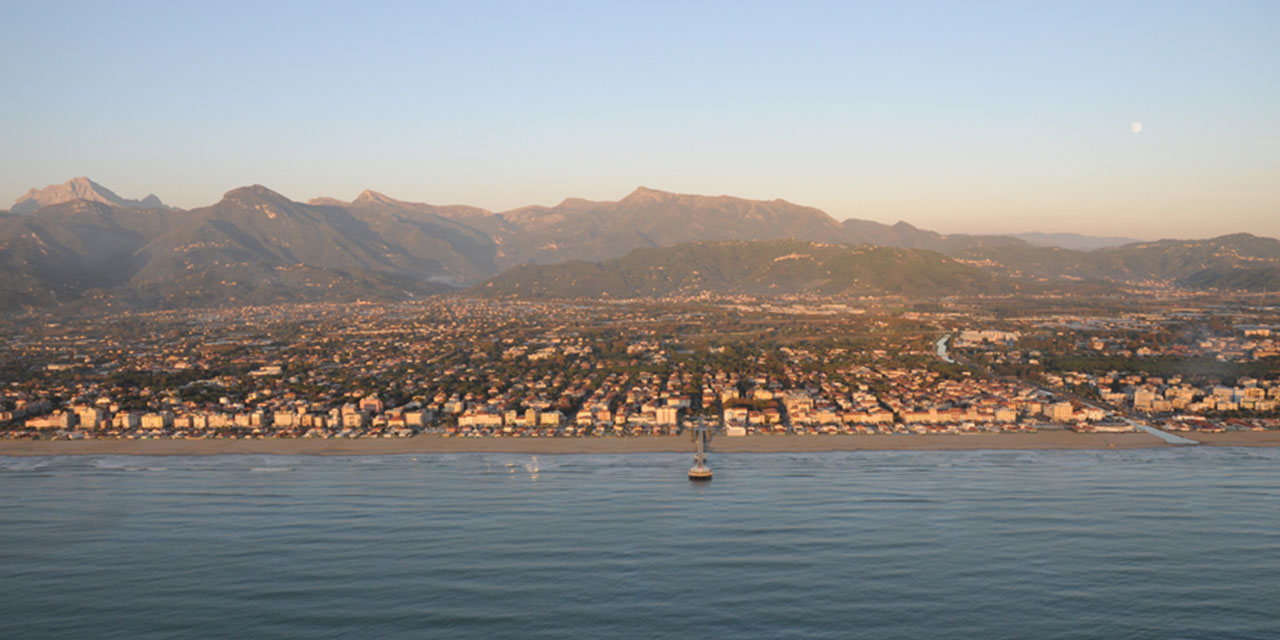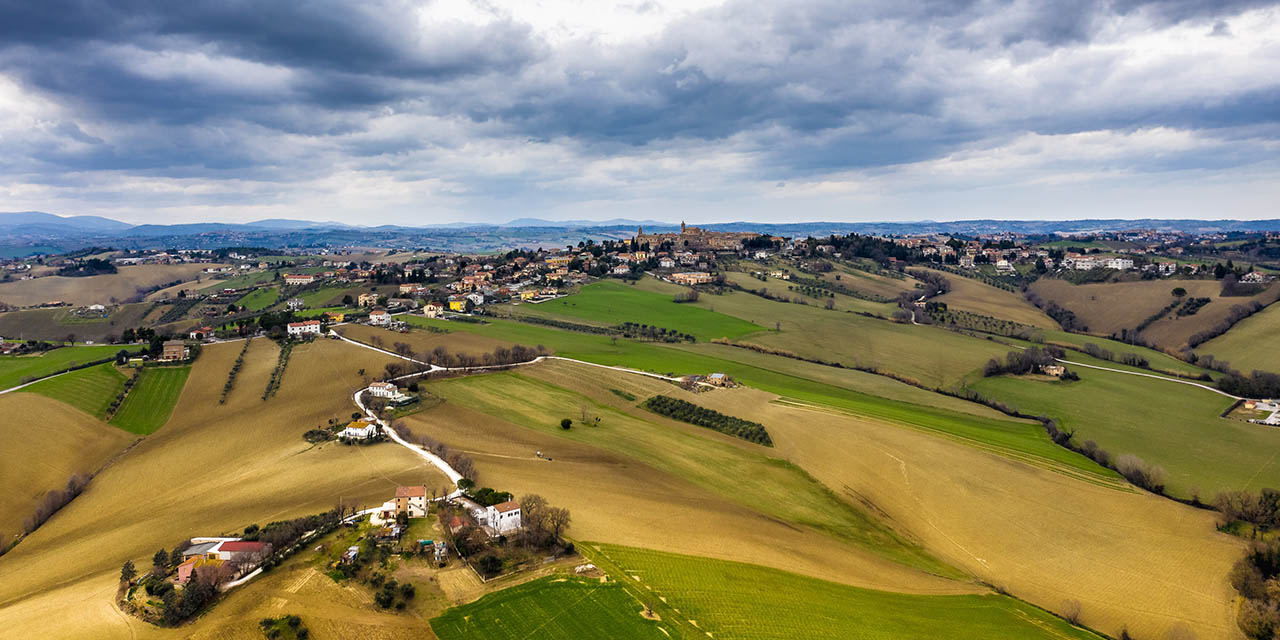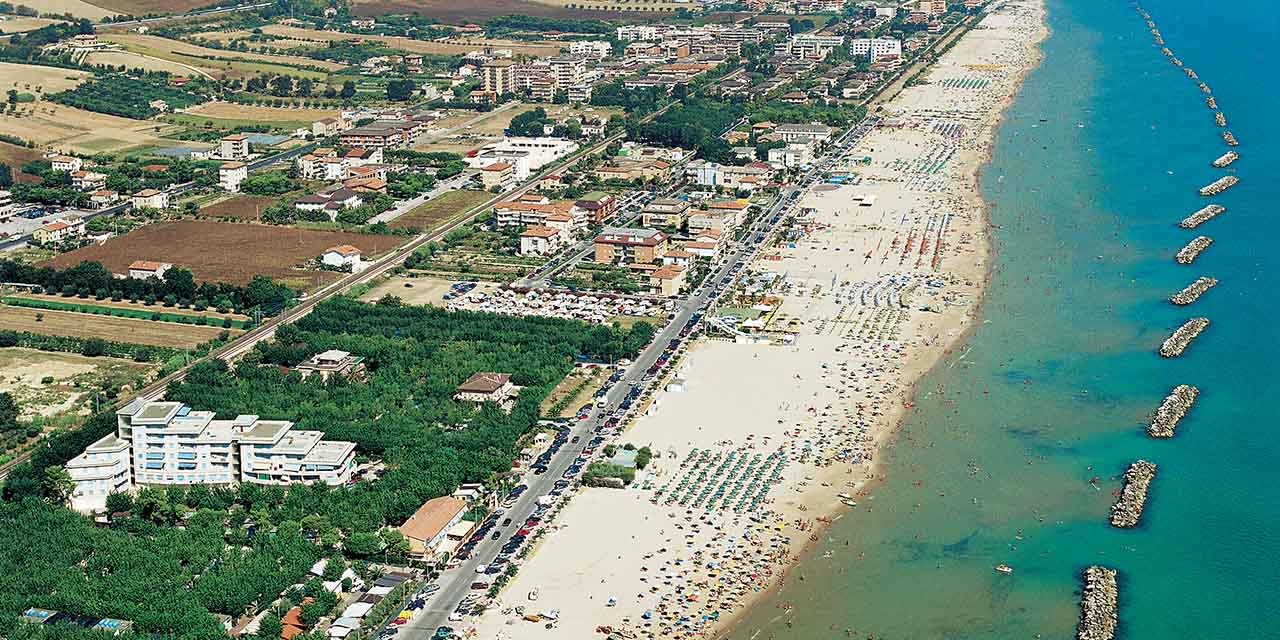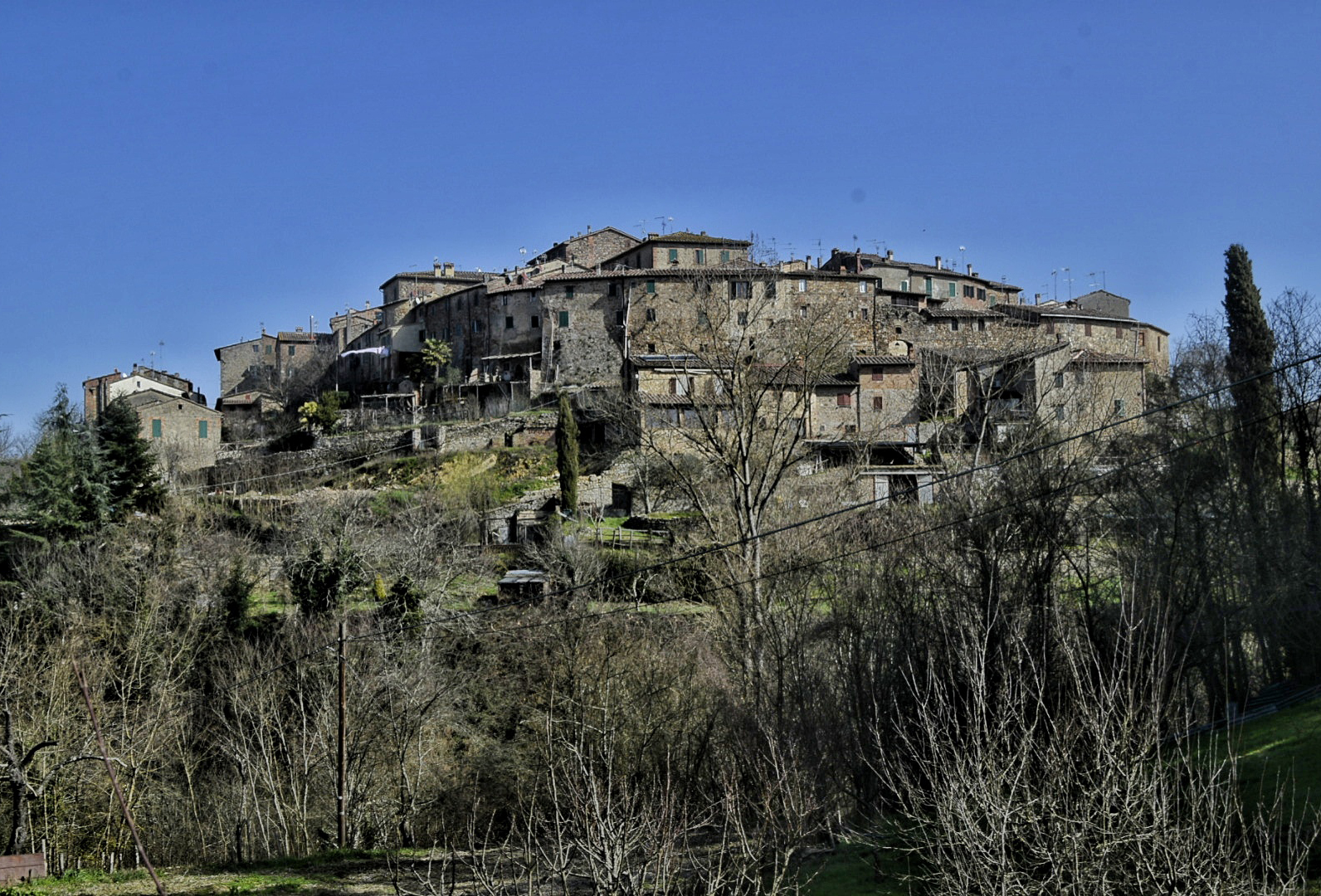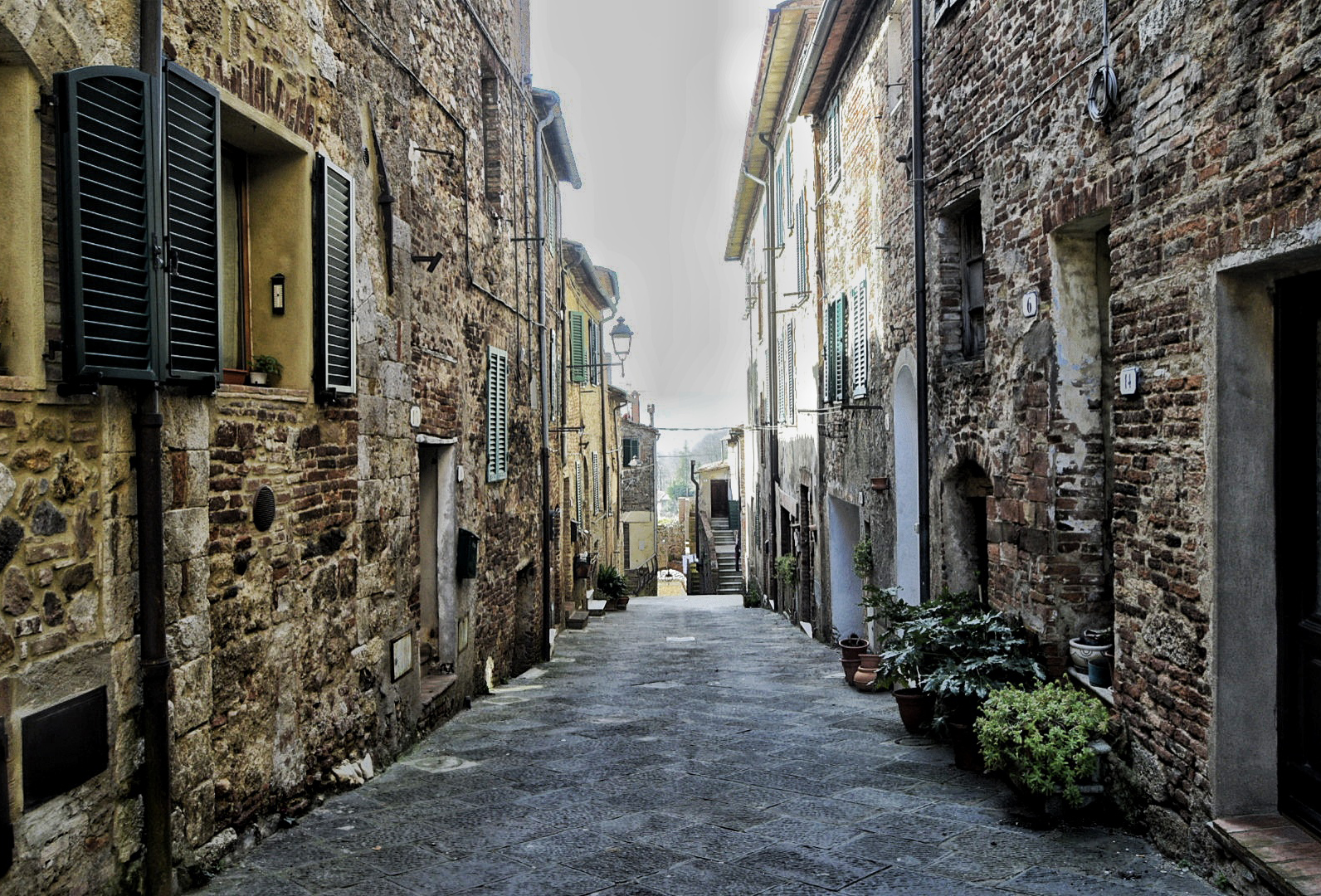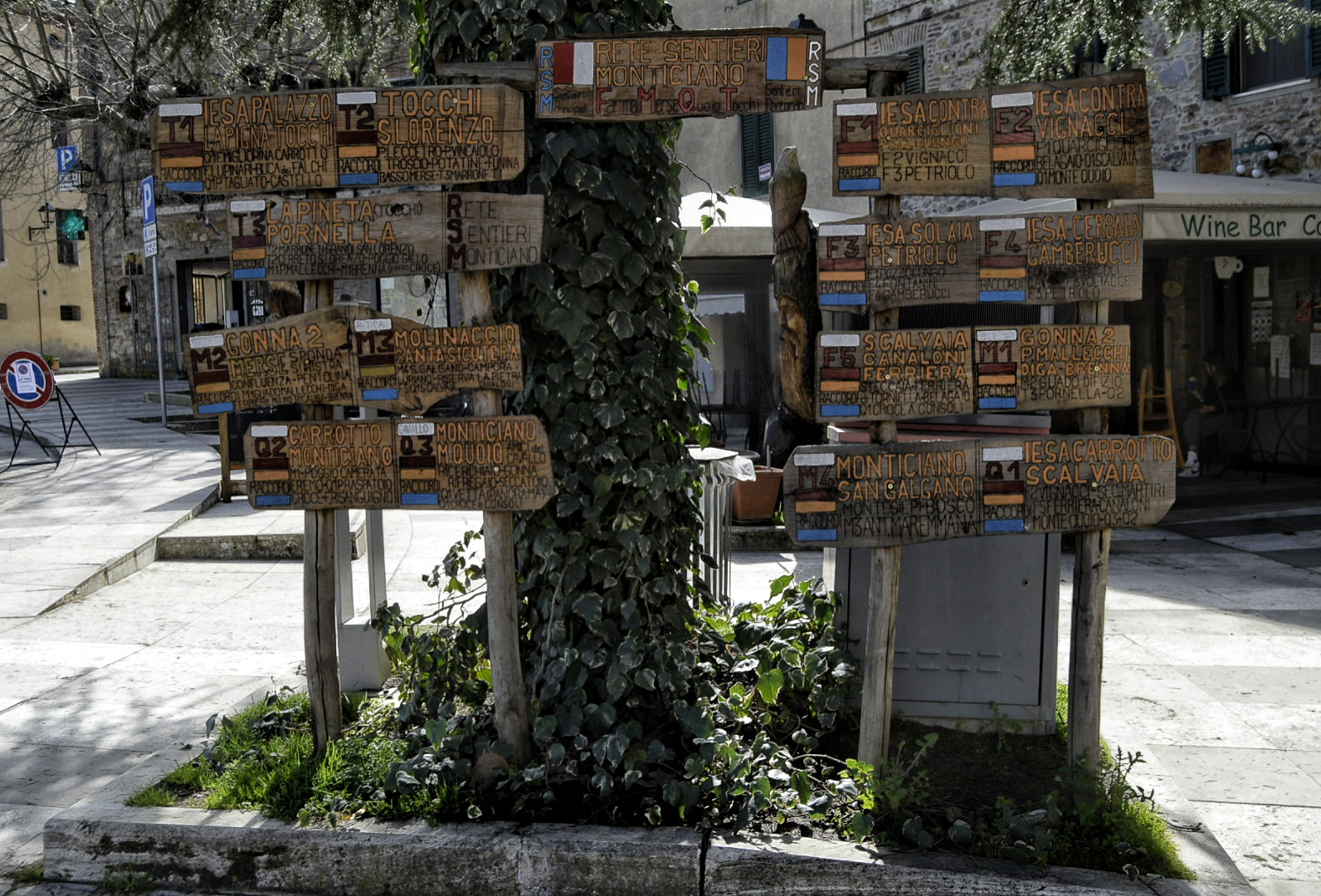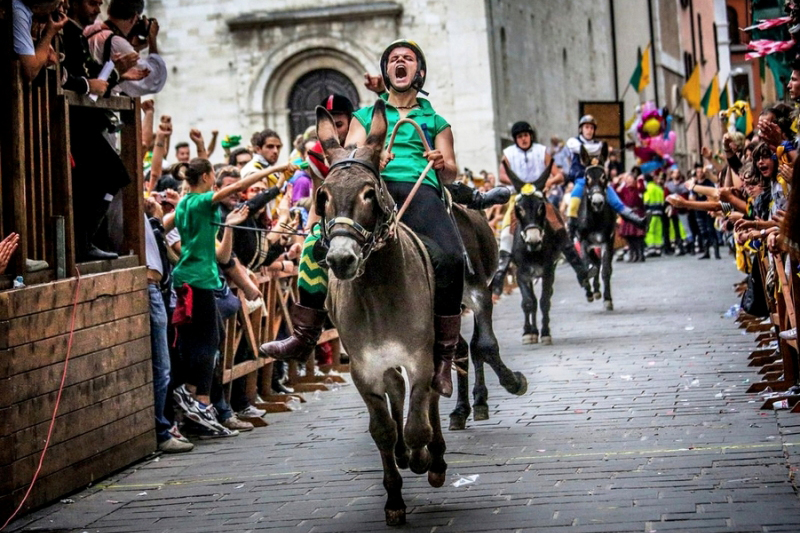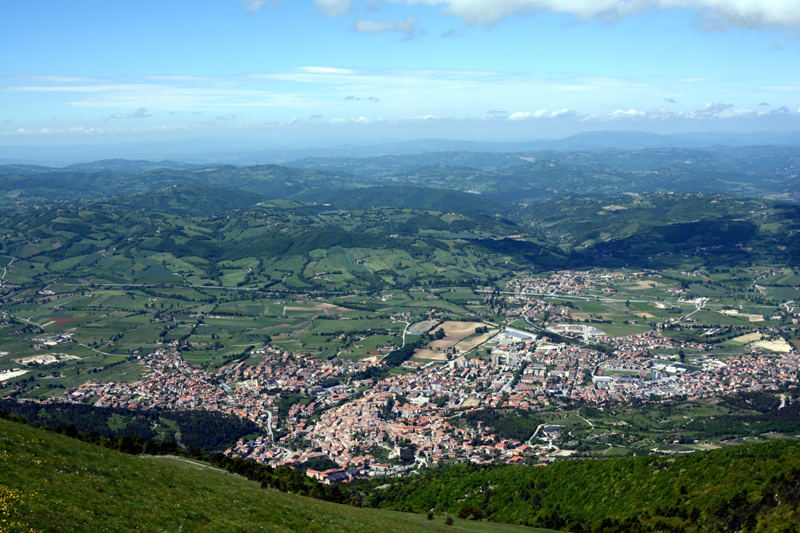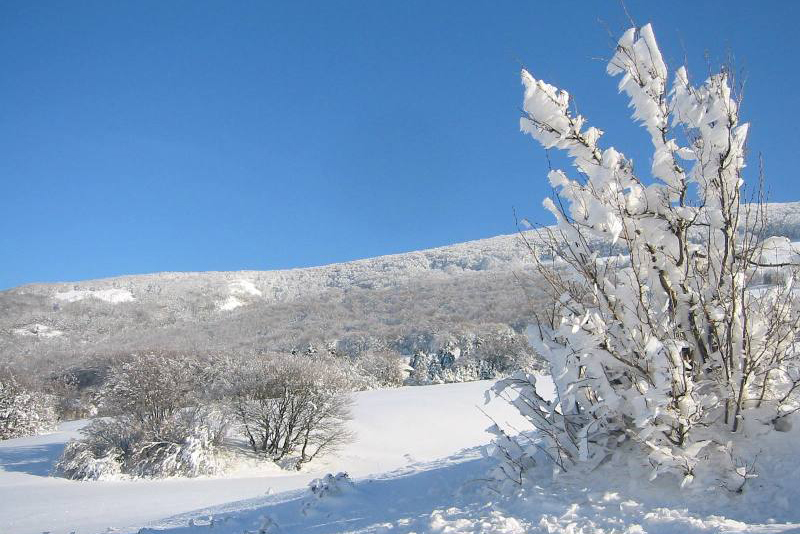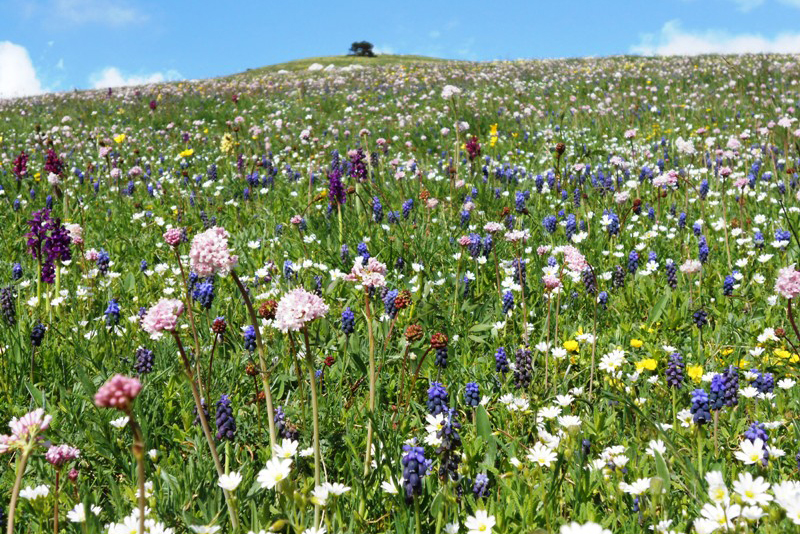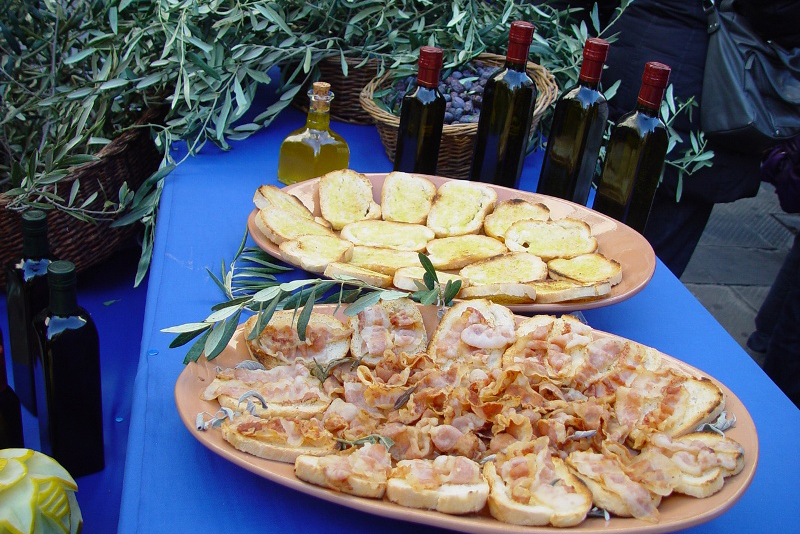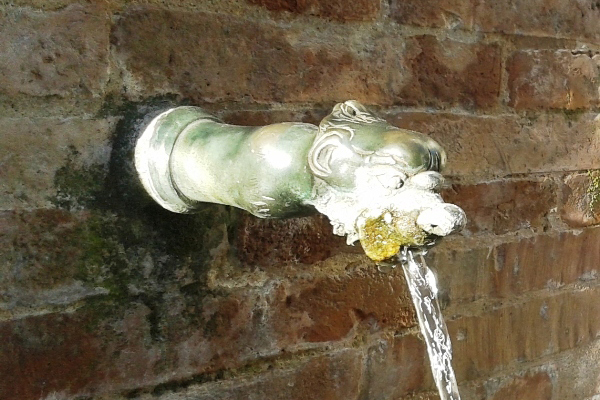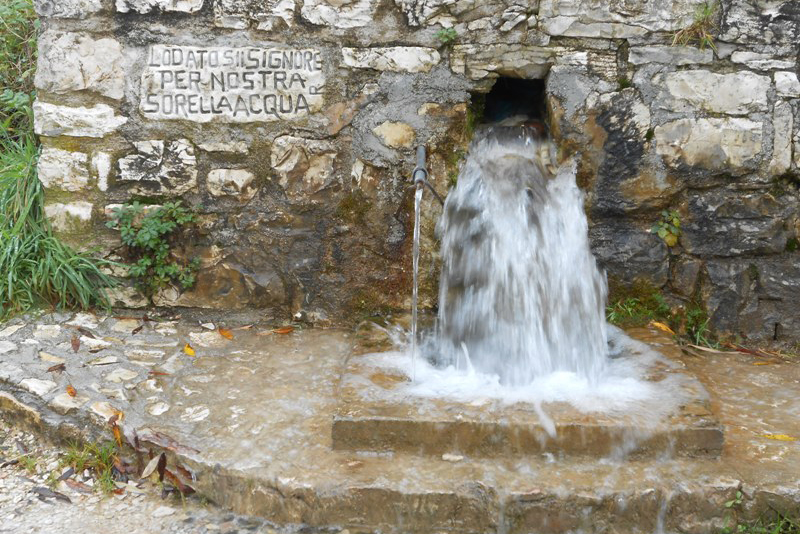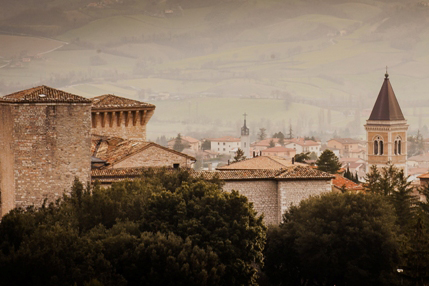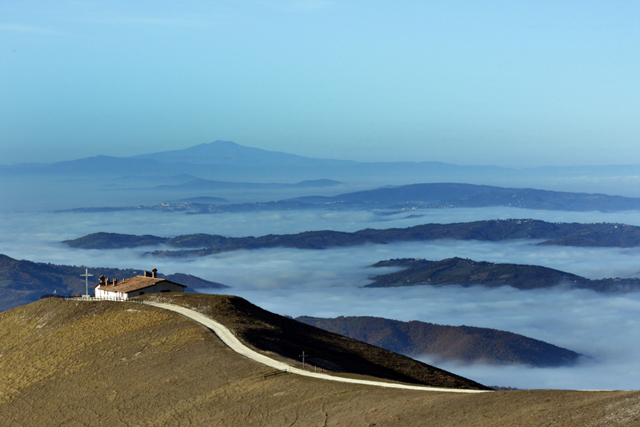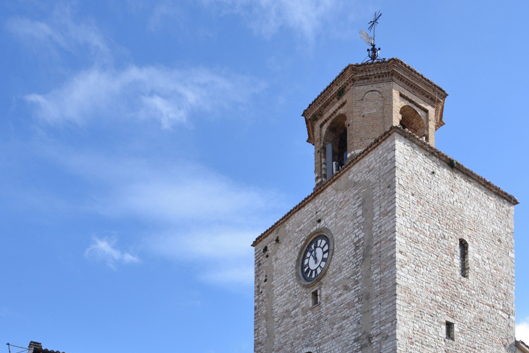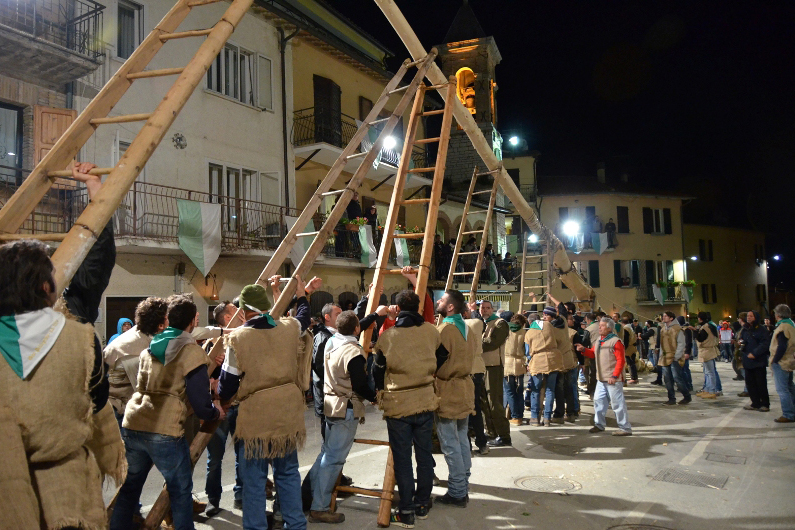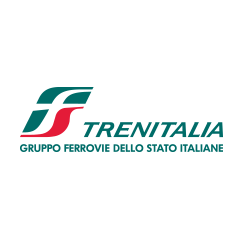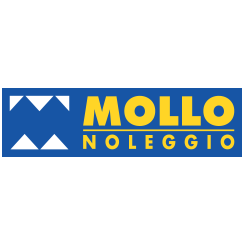profile
map
technical info
The Route
The stage is initially wavy, while the second part is essentially flat. After a brief opening circuit in Chiusdino, the route crosses the Siena area, passing Murlo and Asciano, reaches Cortona and then enters Umbria, taking in the only categorised climb of the day in Poggio della Croce. After dropping into Gubbio, the road flattens and straightens out all the way to the finish.
Final Kilometres
The closing kilometres are wavy at first, then run essentially uphill. There is a sharp left-hander at the last kilometre, followed by a succession of wide bends leading into the home straight, which rises slightly with gradients nearing 4%. The finish line lies on an 8 m wide asphalt straight.
start / finish

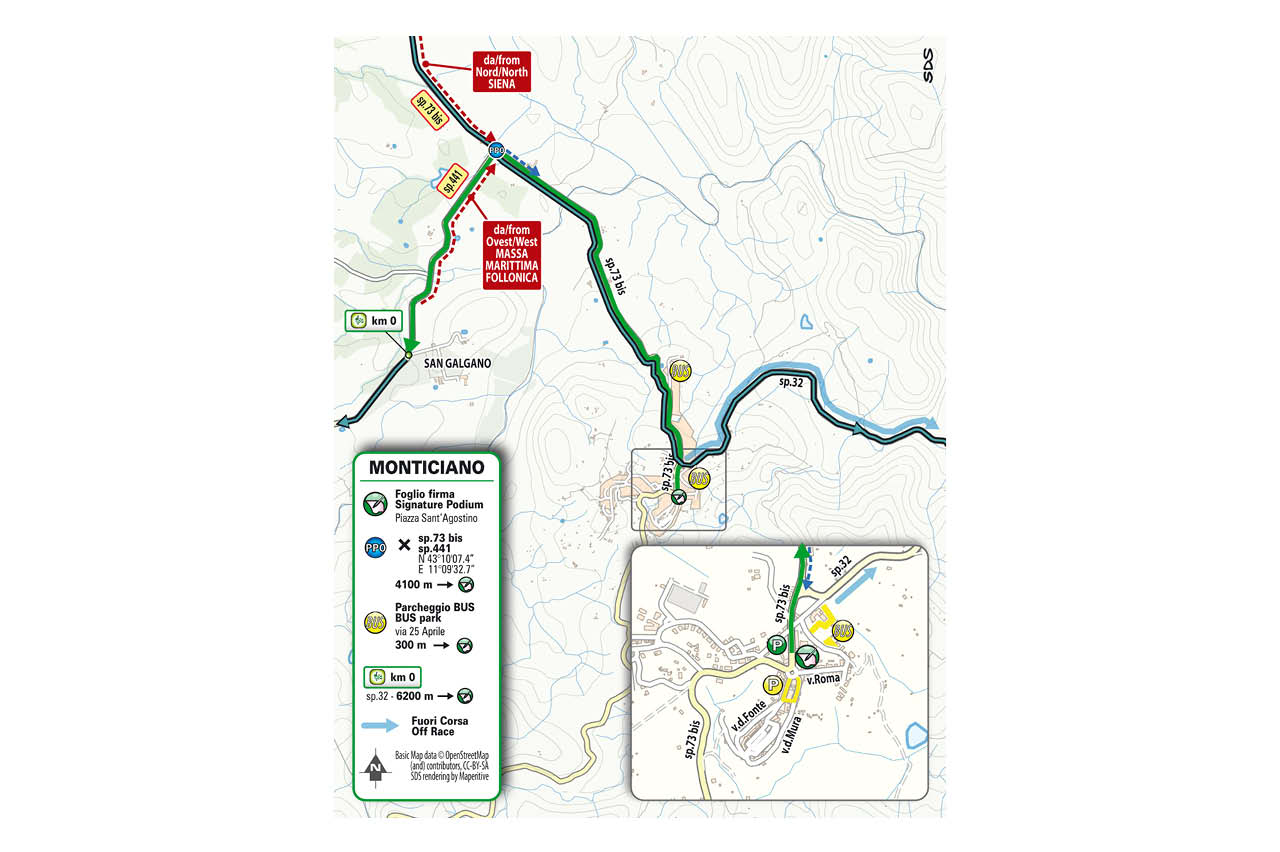
final kilometres
itinerary timetable
tourist info
Host city:
Monticiano
Touristic information
Monticiano Monte di Giano, the two-faced God. In fact, Monticiano looks with a face the Maremma and with the other turns to Siena. It stands on a hill of 370 m between the rivers Merse and Farma and is protected by 4 natural reserves: High Merse, Low Merse, the Farma and Tocchi reservers. It is a medieval village dating back to the twelfth century when it was a castle controlled by Volterra. Darkness and silence hide Etruscan and Roman souls, Byzantine and Lombard souls, all lost in the woods. Ancient transhumances and processions don’t contradict the dignity of the lumberjack, like the pride of having fought the fascism, at a severe price. Here the Partisan resistance was the protagonist, which it suffered the death of the martyrs of Scalvaia to whom a famous monument is dedicated. A goat is symbol of the two-faced god and of a land that thrives on dualisms: on the one hand Monticiano on the other Iesa, San Lorenzo a Merse, Scalvaia, Tocchi, Petriolo. ancient walls, frescoes that bring back to the past, alongside contemporary art parks the Kurt Laurenz Metzler Park and the WWF OASI Biodiversity Museum, futuristic and multimedia, unique in Europe. Differences that meet and unite, in the name of Giano
Gastronomia
The Monticiano mushrooms are famous everywhere. Our chestnut, Turkey oak and strawberry tree woods make the soil suitable for the most valuable fungal species. The porcino of Monte Quoio (our small mountain of just over 600m) is a good reason to pass one day in our woods.
Bread soup, panzanella … in short, simple foods based on bread, legumes, chestnuts.
Gualdo Tadino
Touristic information
The city of Gualdo Tadino lies on the slopes of the Umbria-Marche Apennines, in an enchanting beautiful location. A reality rich in history, art, folklore an traditions closely connected to a pristine, lush and natural environment. The city has about 15.000 inhabitants and is immersed in an area where the abundance of water, the healthy air and the wealth of flora and fauna are harmoniously accompained in various landscapes. The Apennine chain dominates the city with Mount Penna, who reaches 1.432 meters in height and overlooks on the mountains of Serrasanta, Maggio and Nero. The places of greatest landscape value are the area of the Pinewood of San Guido, “Chestnut wood” and Valsorda, appreciated for the fascinating panoramic views and paths to discover. In these places the tourist, in close contact with nature, can play sport, enjoy quiet and great food.
Gastronomy
Gualdo Tadino is a city that also has food and wine traditions.
The mountains, descending towards the valley, slope down into gentle hills embellished by olive groves, including the autochthonous cultivar of Rigali, from which the precious “extra virgin olive oil” is born.
The specialties related to butchery and typical local products such as truffles, mushrooms, wild asparagus and chestnuts are excellent.
Drinks
Gualdo Tadino is famous all in the world also for its water. The environment is in fact still uncontaminated and full of water sources, the best known of which is that of the Rocchetta.
The beer produced in the city is also very popular.
Points of interest
Gualdo Tadino has origins linked to the people of the Ancient Umbrians. Their primitive settlement dating back to the 13th century has been found on Colle I Mori. B.C.
In Roman times the population moved along the Flaminia consular road, giving life to the Roman municipality of Tadinum.
In 552, the Gualdese territory was the scene of the battle of Tagina, in which Totila, king of the Goths, lost his life against Narses, commander of the Byzantine army.
The current city, which stands on the hill of San Michele Arcangelo, was fortified in 1242 by Emperor Frederick II of Swabia who also built the Rocca Flea.
The building is today a museum and houses the “Civic picture gallery” with important works by Umbrian and Marches Renaissance masters and it includes a section dedicated to the great local ceramic art. Gualdo Tadino is “the city of Ceramics” indeed known for its special production of majolica which has its roots in ancient times and which is distinguished by the iridescent colors of gold and ruby, obtained through the famous “lustro” and “riverbero” technique. In the middle of the town square are the Cathedral of San Benedetto, the Church of San Francesco, in which exhibitions and cultural events take place, the “Casa Cajani” museum which houses the Ceramic Museum and the Ancient Umbrians Museum, the “Palazzo del Podestà” and the Civic Tower, seat of the Regional Museum of Emigration. The museum itinerary allows to retrace the millennial history of the city which hides, between the paths of its mountais and the alleys of the historical center, small jewels to discover and admire.
In 1833, Pope Gregory XVI granted Gualdo Tadino the title of City.
Artistic and landscape beauties combine folkloristic and gastronomic traditions. In the mounth of September the city is decorated for three days with the “quattro Porte” flags, symbol of the ancient entrance gates of the medieval walls, a swirl of colors and emotions for the citizens of Gualdo and for the visitors who crowd the main square and the streets of the historic center. The historical procession is the salient event in which more than a thousand people parade through the streets of the city, recreating a slice of medieval life unique in the world. Gualdo Tadino is also very rich city in religious and pagan traditions that are rooted in the mists of time and represent the distintive feature of a hardworking and welcoming community, a real treasure chest of many little treasures to be discovered!
Finally, Gualdo Tadino is very tied to the world of sport and in particular of cycling since in addition to being the birthplace of the great Gualdese cyclist Adolfo Leoni (1917-1970) it was the site in 2018 of a stage finish of the Giro d’Italia (Penne -Gualdo Tadino).
HISTORICAL CHARACTERS
– Matteo da Gualdo (1435-1507) – Renaissance painter
– Castore Durante (1529 – 1590) – doctor and author of the famous “Herbario Novo”
– Adolfo Leoni (1917-1970) – cyclist


